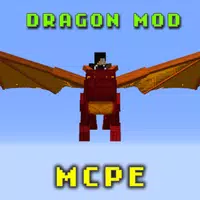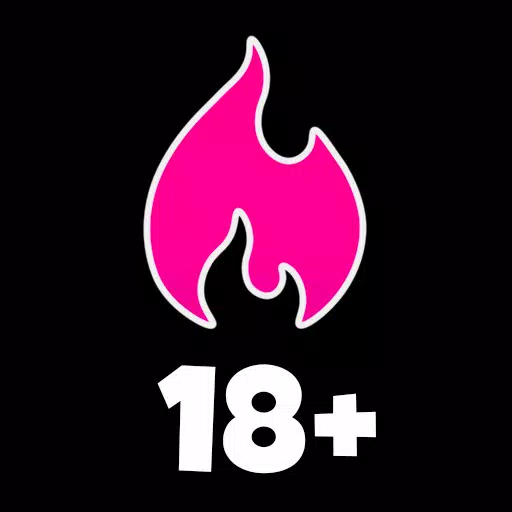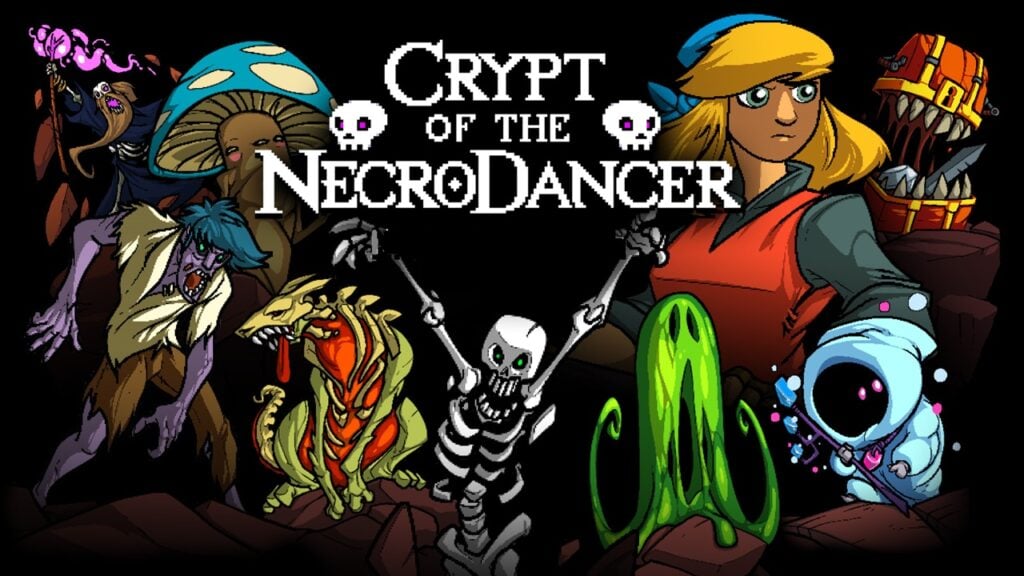![Blades of Fire Review [Demo] | Completely Un-forge-ettable!](https://images.9zxz.com/uploads/65/682728dd66604.webp)
Blades of Fire Review [Demo]
Completely Un-forge-ettable!
![Blades of Fire Review [Demo] | Completely Un-forge-ettable!](https://images.9zxz.com/uploads/29/682728df7be09.webp)
Ever backed out of a decision only to find out it was the best choice you could have made? As someone who's both impulsive and indecisive, that's a familiar scenario for me. My initial encounter with Blades of Fire nearly led me to dismiss it, but I'm glad I didn't. What began as a rough start transformed into a memorable experience that the single-player RPG genre has been eagerly awaiting.
Yes, I'm raving about a demo, but bear with me. This review will show you how I went from skeptical to eagerly anticipating the full release. Let's dive into the details and see what makes this game so compelling.
No Ashen Ones or Unkindled Here—Just A Humble Blacksmith!
![Blades of Fire Review [Demo] | Completely Un-forge-ettable!](https://images.9zxz.com/uploads/68/682728e194c65.webp)
We start with the game's introduction, which, I must admit, is its weakest point. The game opens with Aran de Lira, a blacksmith in a forest, who hears a cry for help and rushes to save an Apprentice, though he can't save the Abbot. That's the entire opening—no cinematic flair, just a quick establishing shot and some text. It's a demo, so some elements are still in development, but a more engaging start would have been welcome.
![Blades of Fire Review [Demo] | Completely Un-forge-ettable!](https://images.9zxz.com/uploads/99/682728e3c9f8b.webp)
The combat system is introduced next, and it's not what I expected. Instead of simple Dark Souls-style attacks, Blades of Fire uses a directional combat system similar to For Honor. Initially, it felt clunky and unnecessary, but as the game progressed, I appreciated its depth. The game introduces different damage types—blunt, pierce, and slash—that interact uniquely with enemy armor. A color-coded targeting system helps you choose the right weapon, making combat strategic and engaging.
![Blades of Fire Review [Demo] | Completely Un-forge-ettable!](https://images.9zxz.com/uploads/76/682728e63fd56.webp)
The combat loop becomes surprisingly fresh, not through flashy animations but through the interplay of its systems. It's grounded in real-world logic, which is refreshing. Unarmored enemies are vulnerable to all attacks, while mail-armored foes resist slashing and piercing, and plate-armored enemies are immune to both but crumble under blunt force. This attention to detail elevates the game from a typical fantasy title to something more thoughtful and engaging.
![Blades of Fire Review [Demo] | Completely Un-forge-ettable!](https://images.9zxz.com/uploads/20/682728e8525ca.webp)
The weapon crafting system is where Blades of Fire truly shines. Unlike games where you simply gather materials and receive a finished product, here you design every aspect of your weapon. From the shape of the spearhead to the materials used, every choice impacts the weapon's stats and performance. It's a deeply satisfying system that rewards creativity and strategy.
No Weapon Drops Here Either—You Gotta Make Your Own!
![Blades of Fire Review [Demo] | Completely Un-forge-ettable!](https://images.9zxz.com/uploads/86/682728e9e4855.webp)
Blades of Fire's weapon crafting is grounded and detailed, focusing on realistic melee weapons. At your divine forge, you start by sketching your weapon, choosing every detail from the spearhead's shape to the materials used. This level of customization is unparalleled, and every choice affects the weapon's performance.
![Blades of Fire Review [Demo] | Completely Un-forge-ettable!](https://images.9zxz.com/uploads/00/682728ec0ba43.webp)
The forging process itself is initially challenging but rewarding once mastered. You use sliders to shape the metal, and every strike affects the outcome. It's a system that evokes the feel of real forging, and once you get the hang of it, you can save your best creations as templates for future use.
![Blades of Fire Review [Demo] | Completely Un-forge-ettable!](https://images.9zxz.com/uploads/46/682728eda2f14.webp)
The game's unique mechanics continue to impress. Instead of traditional loot, you unlock new blueprints and materials through enemy encounters. Each enemy type wields a distinct weapon, and defeating enough of them allows you to craft their gear. This encourages engagement with the game's variety of enemies.
![Blades of Fire Review [Demo] | Completely Un-forge-ettable!](https://images.9zxz.com/uploads/63/682728efaeb50.webp)
The anvil serves as your checkpoint and hub, where you can recycle or repair weapons and access the full Forge. Weapon Altars offer another way to unlock new components, rewarding experimentation and repeated forging. And if you die, you lose your equipped weapon, adding a layer of risk and strategy to the game.
New Blueprints, Weapons as Checkpoints, and Weapon Altars
![Blades of Fire Review [Demo] | Completely Un-forge-ettable!](https://images.9zxz.com/uploads/83/682728f200d33.webp)
The game's progression system is unique and engaging. Defeating enemies unlocks new blueprints, and the anvil acts as your checkpoint and hub. Weapon Altars provide additional components, encouraging you to experiment with different weapons. The absence of traditional currency means you must craft everything yourself, and losing your weapon upon death adds tension and strategy to the gameplay.
![Blades of Fire Review [Demo] | Completely Un-forge-ettable!](https://images.9zxz.com/uploads/80/682728f40a7d6.webp)
The loop of forging, fighting, and falling is tight and engaging, straying from the norm without feeling alien. It's a system that rewards persistence and creativity, making every playthrough unique.
![Blades of Fire Review [Demo] | Completely Un-forge-ettable!](https://images.9zxz.com/uploads/64/682728f59dbbe.webp)
However, not everything in Blades of Fire is perfect. The voice acting is subpar, with poor recording quality and unconvincing delivery. The world-building also feels unfinished, with a lot of exposition but little payoff. These elements need improvement in the full release to match the game's innovative mechanics.
God Awful Voice-Acting with Unfinished World-Building
![Blades of Fire Review [Demo] | Completely Un-forge-ettable!](https://images.9zxz.com/uploads/75/682728f9b007e.webp)
The voice acting in Blades of Fire is a significant weak point. The recording quality is poor, and the delivery often feels unconvincing. The world-building also leaves much to be desired, with a lot of setup but no follow-through. These aspects need refinement to elevate the game's overall experience.
![Blades of Fire Review [Demo] | Completely Un-forge-ettable!](https://images.9zxz.com/uploads/72/682728fb2639e.webp)
Not A Game For First Impressions
![Blades of Fire Review [Demo] | Completely Un-forge-ettable!](https://images.9zxz.com/uploads/77/682728fcb02b9.webp)
Blades of Fire is a game that requires patience and trust in its process. It doesn't make a strong first impression, but as you delve deeper, its innovative mechanics and rewarding gameplay become apparent. It's a game about crafting something great from humble beginnings, and while it has its flaws, it's a title that promises to be memorable.
Game8 Reviews

 Home
Home  Navigation
Navigation






 Latest Articles
Latest Articles
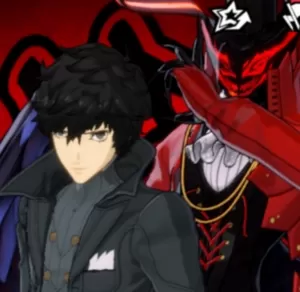
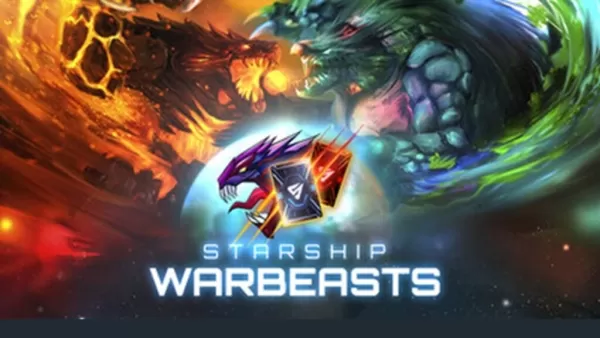








 Latest Games
Latest Games

